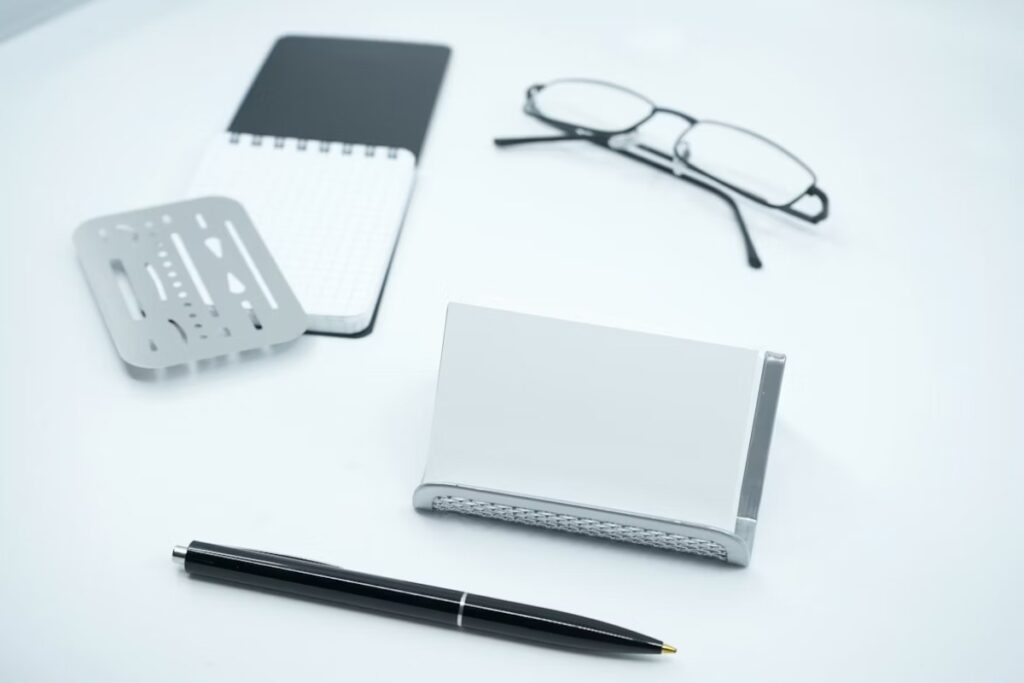In today’s digital-first world, it’s easy to underestimate the value of tangible items like business cards. However, research shows that nearly 40% of professionals say they wouldn’t do business with someone who doesn’t have a card. Whether you’re an entrepreneur, freelancer, or corporate professional, the ability to print business card designs that stand out can make the difference between being remembered or forgotten.
This article explores why business cards still matter, how to choose the right design, printing methods to consider, and tips for ensuring your cards align with your brand identity.
Why Business Cards Still Matter in the Digital Era
Even though LinkedIn, QR codes, and digital contact-sharing apps are everywhere, business cards remain relevant. Here’s why:
- First Impressions Count
A handshake paired with a sleek card instantly communicates professionalism. It gives people something tangible to associate with your brand. - Accessibility Without Tech
Not every networking event or client meeting happens in a Wi-Fi-friendly space. A business card ensures you can share details without relying on devices. - Memorability
A well-designed business card can act as a mini billboard for your brand. Unlike a fleeting digital connection, a physical card can linger in wallets, offices, or notebooks.
Designing a Business Card That Works
When you set out to print business card designs, design choices will define whether your card is tossed aside or kept. Keep these elements in mind:
- Simplicity is Key: Avoid clutter. Include only essential information like your name, title, company, email, phone number, and website.
- Brand Consistency: Use your brand colors, logo, and typography to reinforce recognition.
- Readable Fonts: Stick with clean, professional fonts. Overly stylized fonts may look trendy but often reduce readability.
- White Space: Leaving space around elements makes your card easier to read and more visually appealing.
Choosing the Right Printing Method
Printing methods play a huge role in how your card feels in someone’s hand. Let’s explore some popular options:
- Digital Printing
Best for small quantities and quick turnaround. Affordable and versatile, though it may lack the rich color depth of offset printing. - Offset Printing
A traditional method that offers crisp detail and vibrant colors. Ideal for larger batches where consistency matters. - Letterpress Printing
This method presses ink into thick paper stock, creating a tactile, embossed effect. It’s elegant but more expensive. - Foil Stamping
Adds metallic finishes like gold, silver, or holographic accents. Perfect for brands that want to exude luxury. - Spot UV Coating
Highlights specific elements (like your logo) with a glossy effect, making them pop against a matte background.
Paper Quality: The Silent Communicator
The moment someone touches your card, they subconsciously judge your professionalism based on texture and weight. Standard cards use 14-16pt stock, but premium options include:
- Matte Finish: Smooth, elegant, and non-reflective.
- Glossy Finish: Vibrant colors with a reflective sheen.
- Recycled Stock: Eco-friendly, appealing to environmentally conscious audiences.
- Textured Stock: Adds uniqueness through linen, cotton, or suede-like feels.
Investing in higher-quality paper ensures your card doesn’t just look good—it feels memorable.
Adding Modern Touches
While business cards are traditional, adding a modern twist can enhance their usefulness:
- QR Codes: Direct people to your website, LinkedIn, or digital portfolio instantly.
- Augmented Reality (AR): Some companies embed AR technology so scanning the card triggers a video introduction or product demo.
- Minimalist Designs: Clean, simple cards with bold typography remain timeless.
Common Mistakes to Avoid
Many professionals invest in business cards but make avoidable mistakes. Steer clear of these:
- Overloading Information: A cluttered card confuses rather than informs.
- Poor Contrast: Dark text on a dark background or light text on white makes it unreadable.
- Ignoring Bleed Margins: Forgetting safe margins often leads to text being cut off during trimming.
- Using Low-Resolution Graphics: Blurry logos harm your brand image instantly.
The Cost of Printing Business Cards
Prices vary depending on quantity, paper type, and printing method. On average:
- Basic digital cards: $20–$40 for 100 cards
- Premium offset cards: $60–$150 for 500 cards
- Specialty finishes (foil, letterpress): $200+ for 500 cards
Think of business cards as an investment rather than an expense. A small financial outlay could lead to new opportunities, partnerships, or clients.
Final Thoughts
Despite living in a world where smartphones dominate communication, the humble business card continues to play a vital role in networking and branding. When you print business card designs that combine great design, quality materials, and thoughtful details, you’re doing more than sharing contact information—you’re leaving a piece of your brand in someone’s hand.
Whether you choose to keep it simple with matte paper or go bold with foil stamping and AR integrations, the key is to ensure your card reflects your professional identity. Done right, that small rectangle of paper can open big doors.
Also Read: 5G Technology

